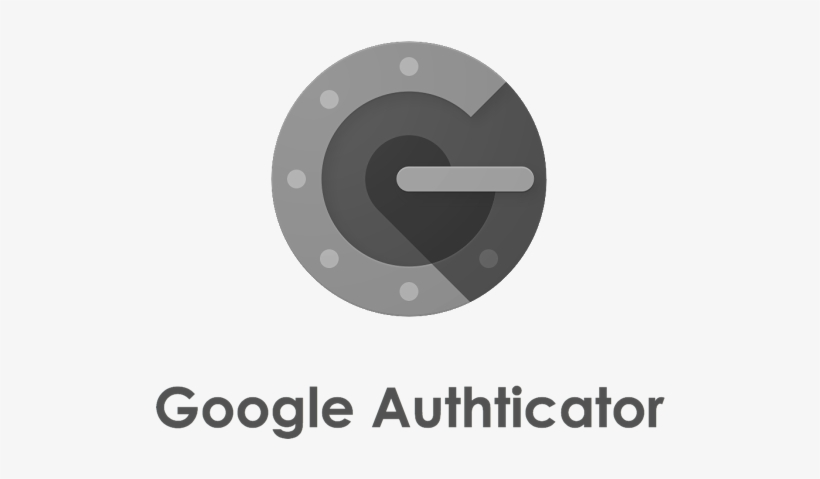In the previous article, we learned about three security methods for personal crypto assets, followed by four important methods that users need to pay attention to.

4. Using Two-Factor Authentication (2FA)
The good news is that most cryptocurrency exchange platforms or wallet providers will require users to use two-factor authentication, such as Google Authenticator, but the downside is that there will always be users who don’t like the hassle of using these tools.
Taking the time to understand the principles of the 2FA security mechanism will allow us to understand the correct usage of 2FA. 2FA is an extra layer of security used to ensure that only legitimate owners can access their accounts. This “extra” layer means that in addition to something you know (password, PIN, etc.), security verification will require a second (two-factor) verification.
These two factors can be something that you own, such as the Google Authenticator app installed on your mobile phone that you carry, a one-time password sent to your mobile phone via SMS, or hardware tokens. These features are used with your existing mobile security features (such as fingerprint, iris scanner and/or face recognition, etc.).

When we install Google Authenticator directly on the computer instead of using the smartphone app, we bypass a layer of protection every time we copy the verification code. Chances are that when a hacker (remote access) or someone with physical access to your computer gains access, your existing layers of protection will be compromised.
5. Strong password independent of other Internet accounts
It is always the most economical option for a hacker trying to get into a target crypto account using a user’s compromised account and password. Knowing this, a savvy crypto holder will have the following preventive measures.
Sign up for a new email account for the crypto platform first to circumvent any previous digital footprints that could have allowed hackers to break into or clone your account successfully. Second, don’t use weak or shared passwords.
A blockchain certification company CipherTrace reports that 65% of the Know Your Customer (KYC) verification process in the world’s top 120 crypto trading platforms is not robust enough. This means that once your crypto account password has been cracked, hackers can quickly obtain crypto assets on the exchange platform and transfer them to their wallet addresses, with little or no chance of returning the property.
6. Divide assets according to the ratio 70-20-10 to diversify risk
In addition to trading on platforms using your account and crypto, traders often store crypto assets offline, much like keeping cash in a safe.
Personal crypto assets, whether stored in hardware wallets, physical storage, desktop wallets, or mobile APP wallets, are recommended to be allocated to cold wallets, warm wallets, and hot wallets at a rate of 70%, 20%, and 10% of assets depending on individual needs and preferences.
Do you carry your entire net worth in your wallet?
Most assume that reckless crypto users often keep all their crypto in a single wallet. Instead, users should spread risk among diverse and rich crypto wallets.
Cautious users will only keep a small fraction, perhaps less than 5%, of their cryptocurrency in an online or mobile wallet as “change.” The rest should be split into several storage mechanisms, such as desktop and offline wallets (cold storage).
7. Using a physical wallet represents future trends
Because most users are more comfortable using physical security than digital security, a very effective method to protect cryptocurrencies is to convert them into physical form. Cryptocurrency keys are nothing more than long numbers. This means they can be stored in physical forms, printed on paper, or engraved on metal coins.
Securing keys becomes as simple as physically protecting a printed copy of cryptographic keys. A set of printed cryptographic keys is known as a “paper wallet,” and many free tools can be used to create them. Many people keep most of their cryptocurrency (99% or more) stored on paper wallets, encrypted with BIP-38, with many copies locked in a safe.
Keeping cryptocurrencies offline is cold storage, one of the most effective security techniques. A cold storage system with keys generated on an offline system (the system never connects to the internet) and stored offline on paper or a physical device, such as a USB stick.
In the long run, crypto security will increasingly become tamper-proof hardware wallets. Unlike smartphones or desktop computers, crypto hardware wallets have only one purpose: to keep cryptocurrency securely.
Without underlying software and a limited interface, hardware wallets can provide an almost absolute level of security for non-expert users. Individuals hope to see hardware wallets become the primary means of cryptocurrency storage.
Above are the following four methods to protect your personal crypto assets. To continue learning about this topic, you can read the following article here.
DISCLAIMER: The Information on this website is provided as general market commentary and does not constitute investment advice. We encourage you to do your own research before investing.
Join CoinCu Telegram to keep track of news: https://t.me/coincunews
Follow CoinCu Youtube Channel | Follow CoinCu Facebook page
Harold
CoinCu News





